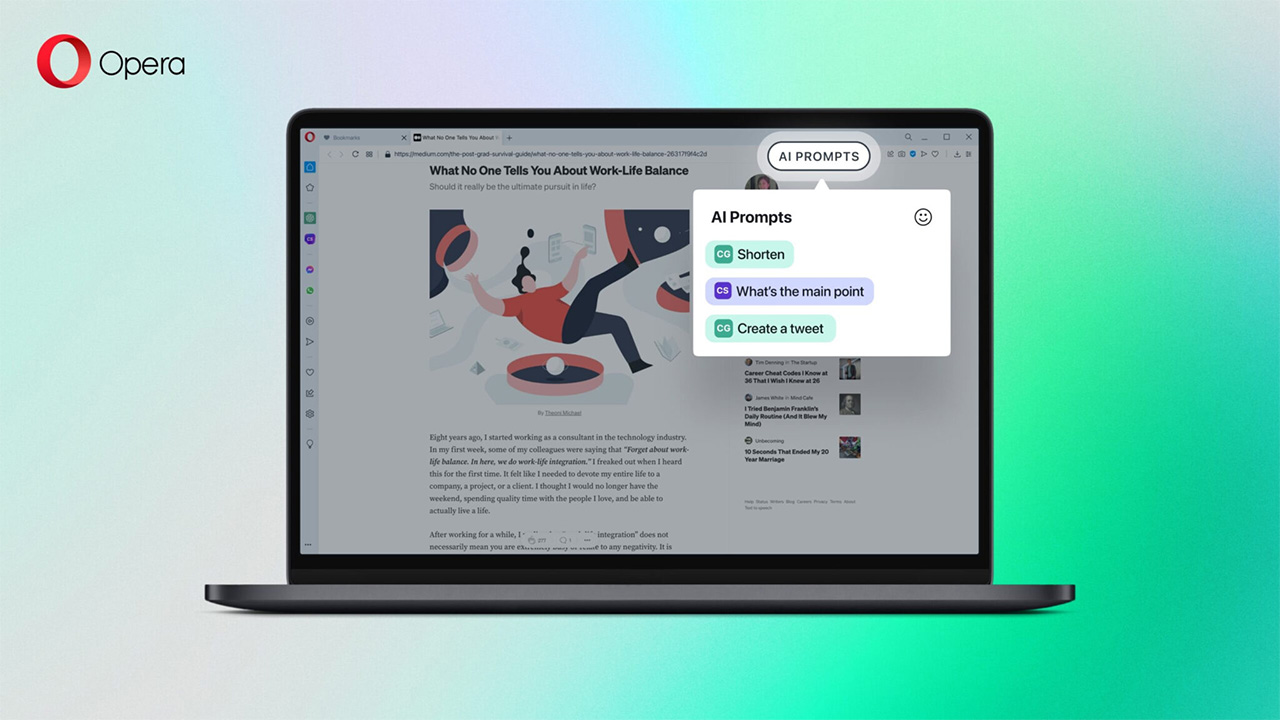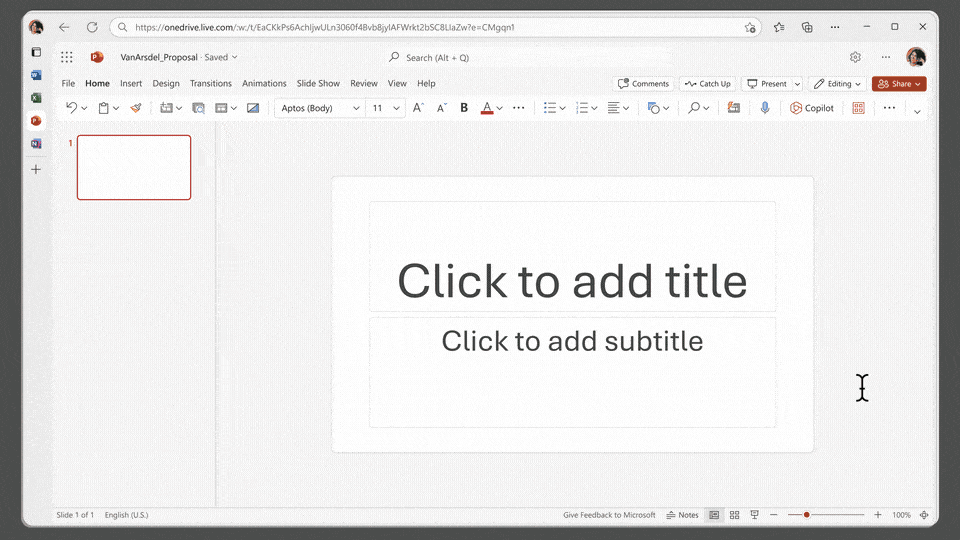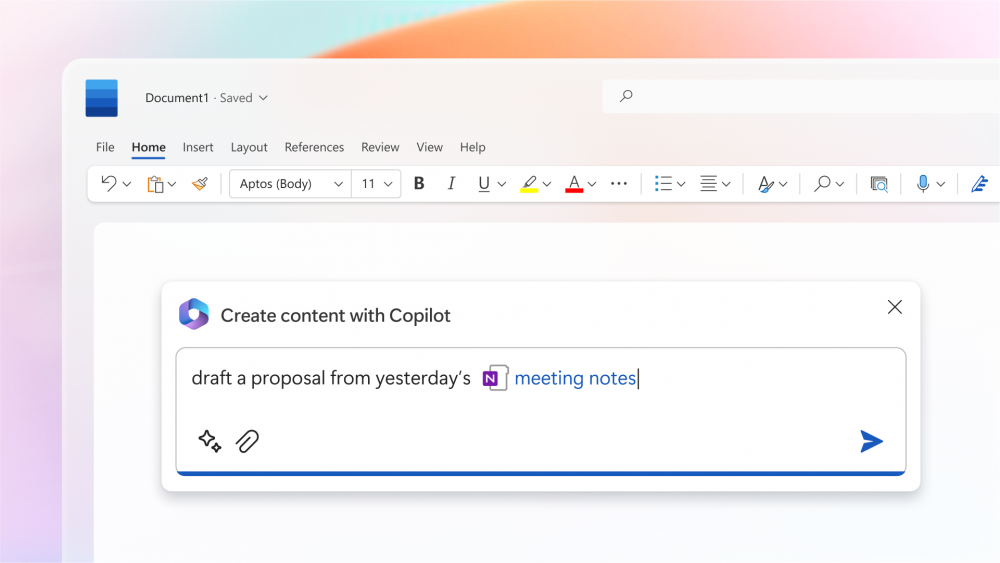Back in January, Microsoft announced it would layoff 10,000 employees across the company. One of the teams eliminated in the layoffs was Microsoft’s ethics and society team within the artificial intelligence (AI) organization.
The ethics and society team layoff comes as the company rushes to integrate AI tools developed by OpenAI into products, making AI widely available to the public.
In its recent newsletter, Platformer outlined that the ethics and society team played an important role in ensuring that Microsoft’s responsible AI principles are actually reflected in the products it ships. That includes identifying risks in the adoption of OpenAI technology in products like Bing.
The team was at its largest in 2020 with some 30 employees, including engineers, designers and philosophers. Platformer reports the team was cut to roughly seven people in October, and several members were moved to other areas.
At the time, Microsoft’s corporate vice president of AI, John Montgomery, told employees there was “pressure” from CTO Kevin Scott and CEO Satya Nadella to move current and upcoming OpenAI models “into customers’ hands at a very high speed,” according to Platformer.
Employees on the ethics and society team pushed back and asked Montgomery to reconsider, but he refused. Montgomery did promise the team wouldn’t be eliminated.
About five months later, on March 6th, the team was called into a meeting to hear a “business critical update.” They were told their team would be eliminated.
An employee told Platformer the elimination leaves a foundational gap when it comes to user experience and the design of AI products. The employee warned that the elimination exposed Microsoft and human beings to risk.
Microsoft still has other responsible AI teams
Microsoft says it’s still increasing overall investment in responsibility work and that it maintains an Office of Responsible AI. Moreover, in a statement to Platformer, Microsoft said it is “committed to developing AI products and experiences safely and responsibly, and does so by investing in people, processes, and partnerships that prioritize this.”
Despite that, the elimination of a team focused on responsible AI work raises concerns, especially as Microsoft forges ahead with publicly available AI tools. These tools pose significant risks, but as employees told Platformer, Microsoft became less concerned in long-term, responsible thinking as it shifted focus to shipping AI tools quickly.
Moreover, it’s clear why Microsoft wants to move quickly with AI. Microsoft previously told investors that every one percent of market share it could take from Google in search would result in $2 billion USD in annual revenue. Since launching a revamped Bing Search with AI-powered Chat, Microsoft revealed that Bing now has 100 million daily active users, roughly a third of them new since the revamp.
Microsoft sees an opportunity with AI and its taking it, but time will tell if the gamble pays off.
Source: Platformer












